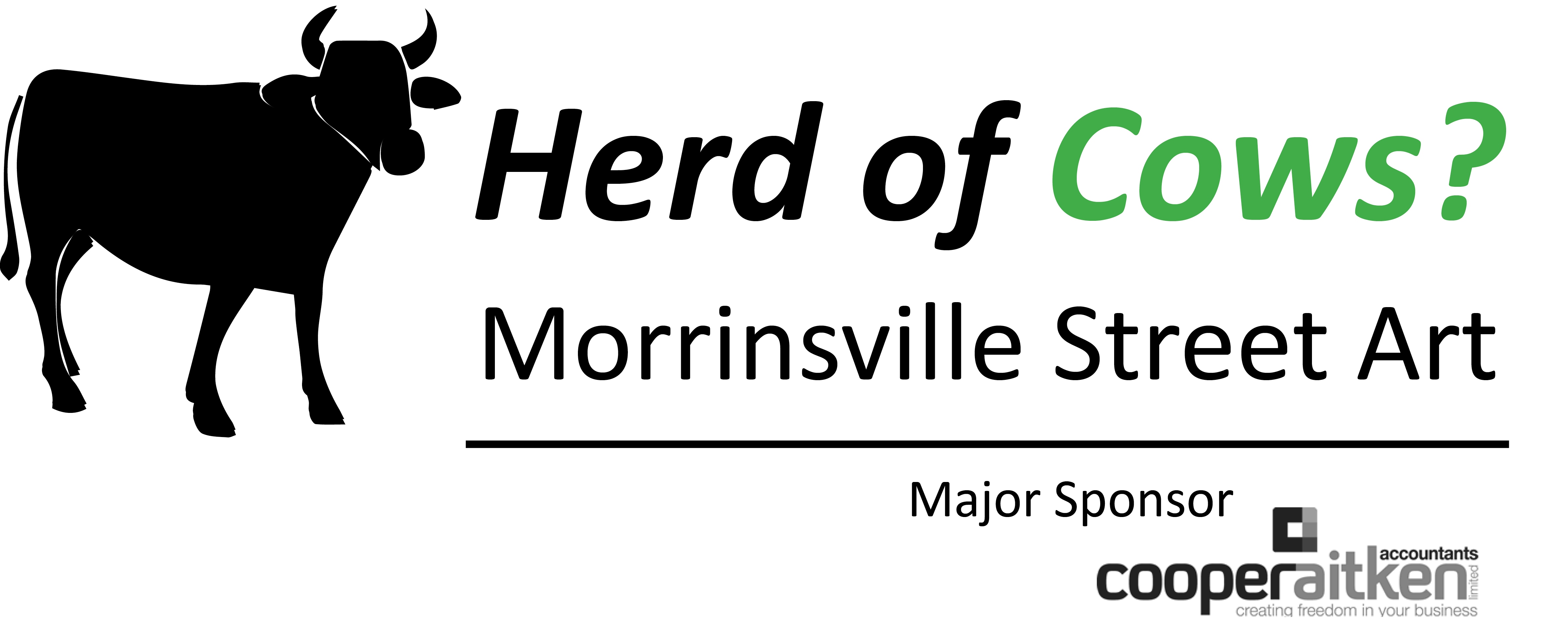At some point in it’s lifetime, every small business suffers from cash flow problems. The trick is to think ahead and figure out when these problems are going to arise, so you don’t have to unexpectedly postpone a purchase or hurriedly seek out additional finance. This is where cash flow forecasts come in.
To effectively manage your cash flow, essentially you use your sales and expenses figures to calculate your cash flow figures before they happen. Then you can plan to limit the impact of a cash drought before it arrives, so you can still pay your staff, the bank and your suppliers.
The importance of cash flow forecasts
Cash flow forecasts are used to predict your business’s future financial position for the period ahead, from three months to a year in advance. Your forecast allows you to see what money you expect to be paid into the business and the amount you’ll need to pay out. It’s a useful tool to help you manage your business more effectively.
If we used a typical retail store as an example, you may see high sales over Christmas, and then a traditional slump after the New Year Sales, your cash flow forecasts would show high income in December and much lower income over the following two months. Your forecasts would also show stock purchased on a 30 or 60-day term ahead of the festive Christmas rush in November and December would need to be paid at the end of January and February.
If you racked up record Christmas sales, there might be a strong temptation to splash out and buy that big-ticket item you’ve been dreaming of – but can you really afford it? A quick look at your cash flow forecast will probably tell you that you need to park the thought of a new car or holiday, reduce your drawings and hold on that big spend for now. Otherwise, you’ll have no money left to pay for the stock you sold in December.
If you’re more pragmatic and less inclined to impulse spending, your forecast will also be able to tell you if you’ll generate enough profit to cover the costs of new refurbishments or hiring a new team member.
Say your forecast sales figures for March and April will be down on previous years, as a result of continued low national economic growth, the global financial turmoil or the arrival of a new competitor in the market. You might need to arrange short-term finance to tide you over or find ways to increase sales to cover your monthly overheads and operating costs.
In summary, your cash flow forecast gives you a future view into your business finances. It helps you identify cash flow problems before they appear and allows you to make informed business decisions.
Putting your forecasts to use
Apart from giving you a fairly good indication of your likely cash position at any point in time in the year ahead and alerting you to potential cash flow problems (which enables you to act in advance, rather than react), your cash flow forecasts can be used to model your future plans.
Once you have your forecasts set up, you can use them to model “what if” questions about your business to help you make the best decisions for your business.
If you need some support with your cash flow, talk to our team.




